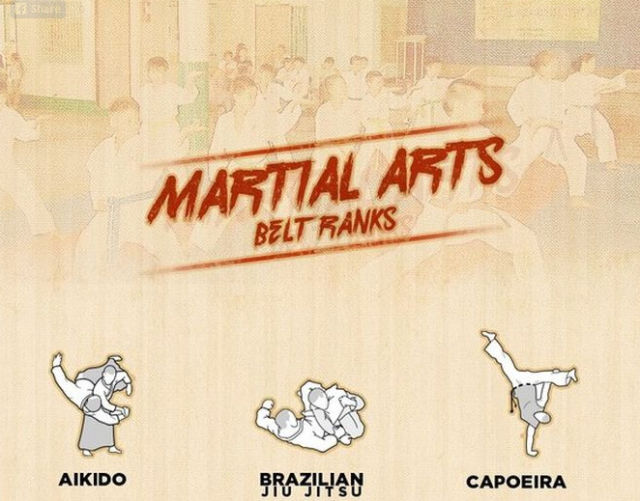Breaking Down Belt Degrees In Taekwondo: What You Need To Know
Breaking Down Belt Degrees In Taekwondo: What You Need To Know
Blog Article
Web Content Written By-Berry Rode
Did you know that there are an overall of 10 belt degrees in Taekwondo? From the novice's white belt to the prominent black belt, each degree represents a turning point in your journey to proficiency.
However what do these belt levels actually imply? How do you proceed via them?
In will martial arts help me lose weight , we will certainly break down the belt levels in Taekwondo, explore their relevance, and uncover what it takes to increase with the ranks.
So, if you wonder to recognize the complexities of Taekwondo's belt system and what it suggests for your training, remain tuned.
The Objective of Belt Levels
The objective of belt degrees in Taekwondo is to provide a clear and organized progression system for you to track your development and ability degree. As you start your Taekwondo journey, you start with a white belt, symbolizing your novice standing. With each belt promotion, you get brand-new knowledge, methods, and obligations.
The belt degrees work as landmarks, showing your devotion, dedication, and development in the martial art. https://johnnyqajsz.bloggosite.com/40075842/taekwondo-a-course-to-mental-stamina-and-emphasis provide a feeling of accomplishment and motivation to keep pushing yourself to boost. Furthermore, https://josuexjudn.blog4youth.com/33858311/discover-the-secrets-of-psychological-strength-to-level-up-your-fighting-styles-training-increase-your-focus-resilience-and-stamina help trainers and peers review your abilities and give suitable assistance and training.
Belt Colors and Their Meanings
As you advance with the belt degrees in Taekwondo, each shade represents a particular significance and symbolizes your growth in the martial art.
The white belt, which is the starting factor for all newbies, symbolizes pureness and virtue.
As you move on to the yellow belt, it symbolizes the earth where a plant sprouts and settles.
The green belt stands for development and the development of your skills.
The blue belt signifies the sky, where your possibility as a Taekwondo professional is limitless.
The red belt stands for danger and care, advising you to use your abilities responsibly.
Finally, the black belt represents mastery and proficiency, representing your journey in the direction of coming to be a real Taekwondo master.
Each belt shade holds its own one-of-a-kind definition, mirroring your progression and devotion in this ancient martial art.
Advancing Through the Belt Levels
To advance via the belt degrees in Taekwondo, you have to constantly demonstrate your abilities and commitment. Below's what you require to understand about progressing in this martial art:
1. ** Technique Makes Perfect **: Routine training sessions are essential to enhance your method and master the needed forms. Repeating check here , permitting you to perform with accuracy and speed.
2. ** Pushing Your Restrictions **: Progressing through the belt degrees needs pressing on your own past your convenience zone. You'll be challenged physically and mentally, yet it's through these challenges that you grow and boost.
3. ** Examining Your Knowledge **: Belt examines examine your understanding of Taekwondo concepts, including sparring, self-defense, and damaging methods. These tests ensure you have a comprehensive understanding of the art and are ready to progress to the following degree.
Conclusion
As you start your trip via the belt degrees in Taekwondo, bear in mind that each color holds a much deeper meaning past its surface look.
Much like the lively tones of the belts, your progress represents growth, discipline, and willpower.
As you advance, each belt ends up being a sign of your devotion and proficiency of the art.
Welcome the difficulty, press your restrictions, and let the significance of your belt degrees influence you to end up being the most effective version of yourself both on and off the mat.
